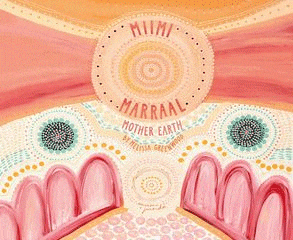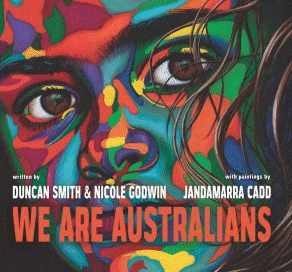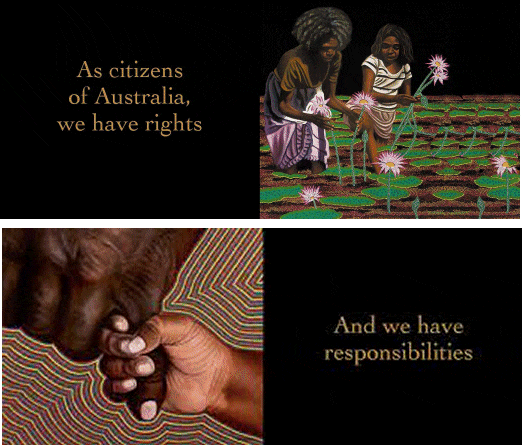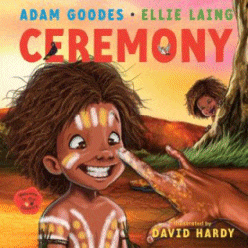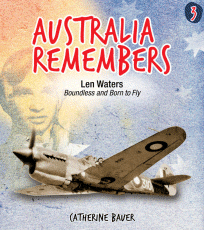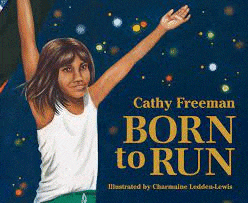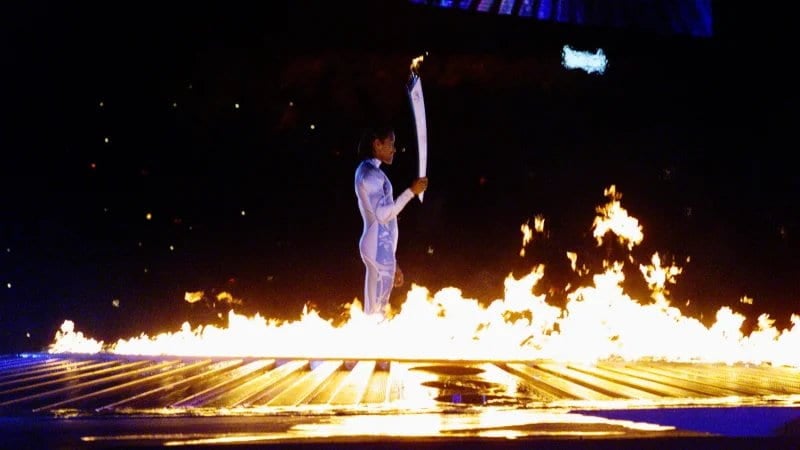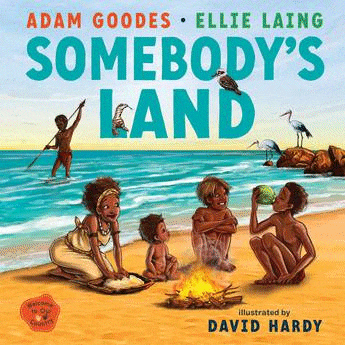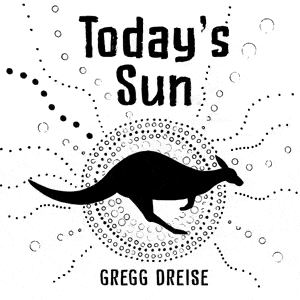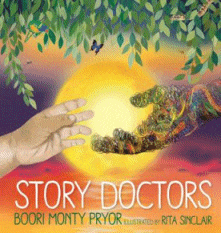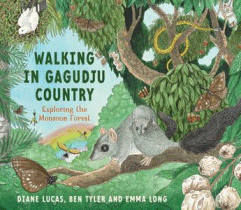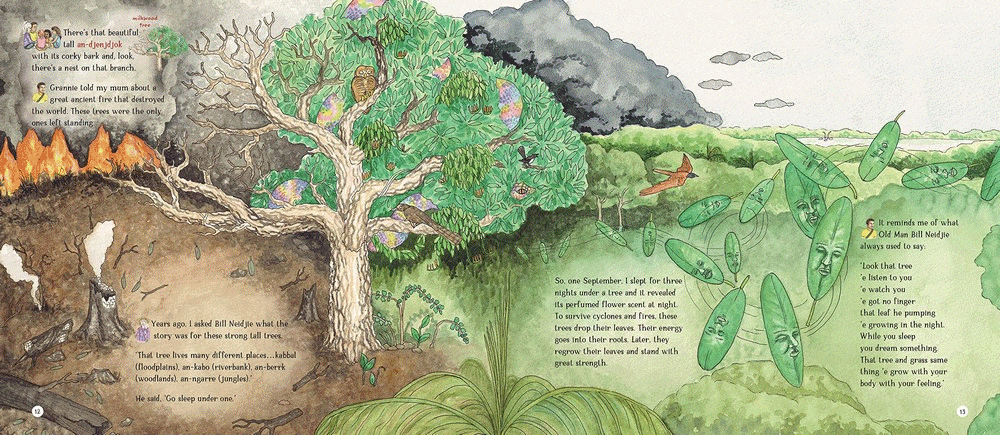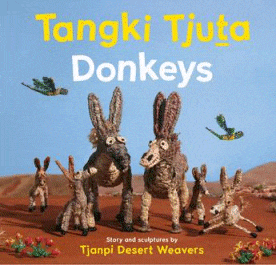
Tangki Tjuta – Donkeys
Tangki Tjuta – Donkeys
Tjanpi Desert Weavers
A & U Children’s, 2022
32pp., hbk., RRP $A24.99
9781761180149
Long, long ago, we didn’t have donkeys. We didn’t have a lot of the things we have today. We didn’t know donkeys existed.
Our people used to walk with their camels and donkeys from Areyonga to Ernabella. They brought their donkeys here, and left them.
Donkeys were first introduced to Australia from Africa in 1866 to work as pack animals, and this unique story, told in both Pitjantjatjara and English, describes how donkeys came to be a rich part of life for one Aboriginal community in north-western South Australia.
However, it is the artwork that sets this story apart because the photographed sculptures have been created by seventeen artists of the Tjanpi Desert Weavers, a social enterprise of Ngaanyatjarra Pitjantjatjara Yankunytjatjara Women’s Council which supports 400+ women to create fibre art across the central and western desert regions of Australia. They have been made from minarri, wangunu and intiyanu, desert grasses collected from their Lands, which have been together around wire frames with string, wool or raffia. One of the donkeys was made from buffel grass, which was introduced by Piranpa (white people) and has become a weed. Tjanpi means desert grass in the Western Desert language.

For those who wish to explore the technique themselves, there is a tutorial on the Weavers’ website.
But the final few sentences could also open up a much wider investigation – that of the problem of feral donkeys, and indeed, other feral animals….
These days we all have houses, and we have cars and we wear clothes, We have let the donkeys go now. They are free to roam around.
Released to coincide with NAIDOC Week, it has also been produced as an animated movie which won the Yoram Gross Award and inaugural AFTRS Craft Award at the Sydney Film Festival
Tangki Trailer from Tjanpi Desert Weavers on Vimeo.
